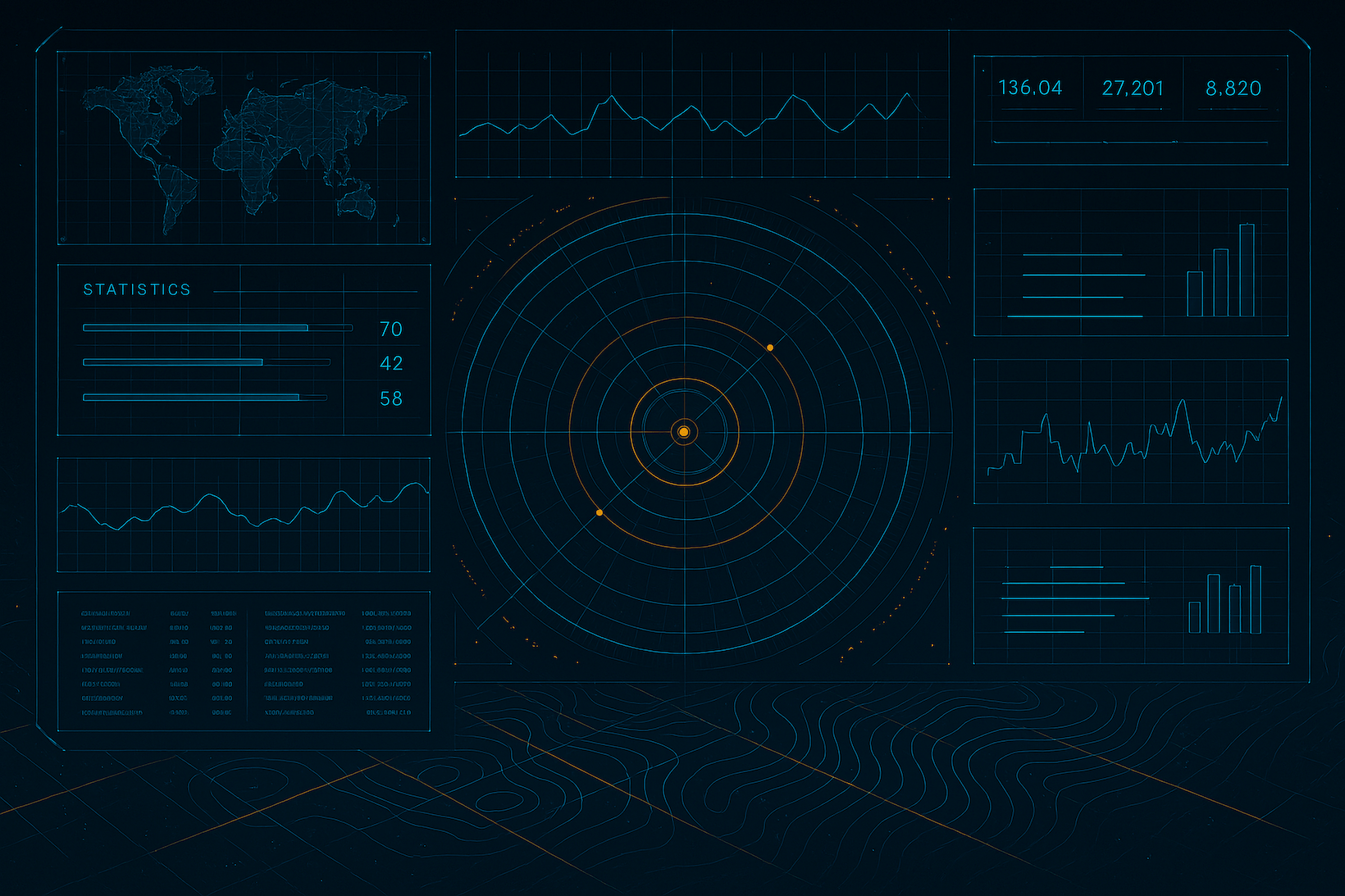In our hyperconnected world, we constantly design, manage, and interact with systems of immense complexity—from distributed software architectures and global supply chains to dynamic organizations and biological ecosystems.
We need more than intuition to navigate and steer these systems; we need robust models that cut through the noise and focus on fundamental principles and processes.
Drawing inspiration from the insights of cybernetics and systems thinking, we propose a cohesive framework centered around three essential, interacting functional components: Observability, Controllability, and Operability.
This universal framework, underpinned by foundational capabilities (measurement, memory, and models), offers a potent lens for conceiving, comprehending, and controlling virtually any purposeful system. It effectively bridges the disparity between abstract theoretical concepts and tangible practical applications.

The Triadic OCO Framework
At the core of managing any complex system, technical or otherwise, lie three fundamental operational functions:
Observability
This is the ability to infer the internal state and condition of a system by examining its external outputs and behaviors. True observability goes beyond data; it involves transforming measurements into meaningful signals that reveal the system’s current state within its overall structure. It requires detecting significant changes in these signals or states and interpreting them within the appropriate context (using historical system models) to achieve comprehension – a clear understanding of “what’s happening” and potentially “why.” Without effective observability, any attempt at control is essentially ineffective.
Controllability
This is the ability to influence the system’s state or behavior towards a desired goal. Based on the understanding gained through observability, controllability involves applying inputs or interventions (control signals) to modify the system’s state or structure. Effective control allows us to shape the system’s future, correct deviations, and pursue objectives rather than merely reacting to events and the situations they create.
Operability
This crucial interface layer makes observability and controllability practical and effective in the real world. Operability encompasses the mechanisms, tools, dashboards, documentation, APIs, and ergonomic designs that allow humans and/or AI agents to interact with the system. It’s how we configure what is measured and observed, how we tune models and interpret insights, and how we define and execute control actions. Well-designed operability reduces cognitive load, minimizes errors, and ensures that the sensing (observability) and acting (controllability) capabilities are accessible, understandable, and manageable.
These three components are deeply interdependent. Meaningful control requires effective observation; both depend critically on effective operability to be practically useful. Together, they enable the management of any dynamic system.
The Foundational Capabilities
The effectiveness of the OCO framework rests upon deeper, foundational capabilities:
Measurement
The capacity to detect phenomena and quantify elements of the system and its environment. Measurements generate the signals that feed observability. The quality and scope of measurement fundamentally determine what can be observed.
Memory
The capacity to store and retrieve information about past states, signals, and structures. Memory provides historical context, enabling pattern recognition, learning from experience (adaptation), and trend analysis within Observability. It also informs controllability by recalling effective past interventions and supports the evolution of operability mechanisms.
Models
The capacity to construct internal representations, abstractions, heuristics, or predictive frameworks. Models are built using data from measurements and insights stored in memory. They’re crucial for observability (interpreting complex patterns, predicting future states) and for controllability (simulating the potential impact of actions, devising effective control strategies). Operability often involves interfaces for building, tuning, and utilizing these models.
These elements aren’t separate but are the essential informational and cognitive infrastructure utilized by the OCO functions to perceive, understand, and influence the system. While memory provides the historical data and patterns, and models provide the structural relationships and rules, together they enable simulation—the system’s capacity to project hypothetical scenarios and explore potential futures. Simulation leverages memory’s stored experiences and models’ abstractions to anticipate outcomes, test interventions virtually, and prepare for contingencies.
Integrating Higher-Level Intent
The OCO framework describes how a system is operationally managed, but effective management also requires understanding why and what for. This guidance comes from higher levels, such as:
Situational Awareness (SA)
Emerging primarily from effective observability, SA represents a synthesized understanding of the current environment. It involves perceiving the critical elements (signals, states, changes), comprehending their meaning (change, context, cognition), and projecting their future status via simulation. This simulation capability allows the system to mentally model “what if” scenarios, anticipate consequences, and explore potential trajectories before committing to action. SA serves as an essential interface layer between operational functions and strategic thinking, providing the cognitive foundation necessary for effective planning and strategy.
Planning and Decision Making
This layer utilizes the understanding provided by situational awareness to formulate specific goals and choose courses of action. It determines how controllability should be employed to bridge the gap between the current state (understood via SA) and the desired outcomes defined by the strategy. Operability plays a key role here in enabling the execution and monitoring of plans.
Strategy
Sitting at the highest level, strategy defines the long-term goals, overall direction, and fundamental purpose of the system within its environment. It answers the ultimate “why?” behind all management activities. Strategy directly influences the OCO functions by defining what aspects of the system are most important to observe, what outcome control actions should strive for, and what level of operability is required to achieve these aims effectively.
Example: Manufacturing Digital Twin
In manufacturing, a production line digital twin demonstrates the complete OCO framework. The twin collects measurements from controllers, vision systems, and database connectors, storing (memory) historical production runs and containing accurate physics-based models of machine capabilities. It processes signals from equipment sensors, understands the line’s structural components and relationships, and tracks the current configuration and operation states. The twin detects when production parameters drift outside norms, frames these changes within seasonal production patterns, and identifies that a specific component is showing early signs of failure based on vibration patterns. Through dashboards and alerts, maintenance teams gain visibility into developing issues. The twin enables testing (simulation) of different scheduling scenarios before implementation, while providing intuitive interfaces for both technical and non-technical users to interact with its capabilities. The production line twin, combined with other twins across the factory, creates enterprise-wide situational awareness, enables informed planning and decision-making about production scheduling, and ultimately supports strategic goals like maximizing throughput while minimizing downtime.
Conclusion
The OCO framework, grounded in systems thinking and cybernetics, offers more than just a theoretical lens; it provides a practical, integrated guide for designing, implementing, and managing complex systems.
By focusing on the core of observability, controllability, and the crucial interaction layer of operability, we can approach complexity with greater clarity and purpose.
This framework helps unify operational realities with strategic intent, facilitating the creation of systems that are not only functional but also resilient, adaptable, and easier to understand and manage.
The framework serves as a valuable toolkit for engineers, designers, managers, and anyone involved in steering complex sociotechnical systems. It ultimately enables us to better perceive, guide, and shape the intricate world around us.
